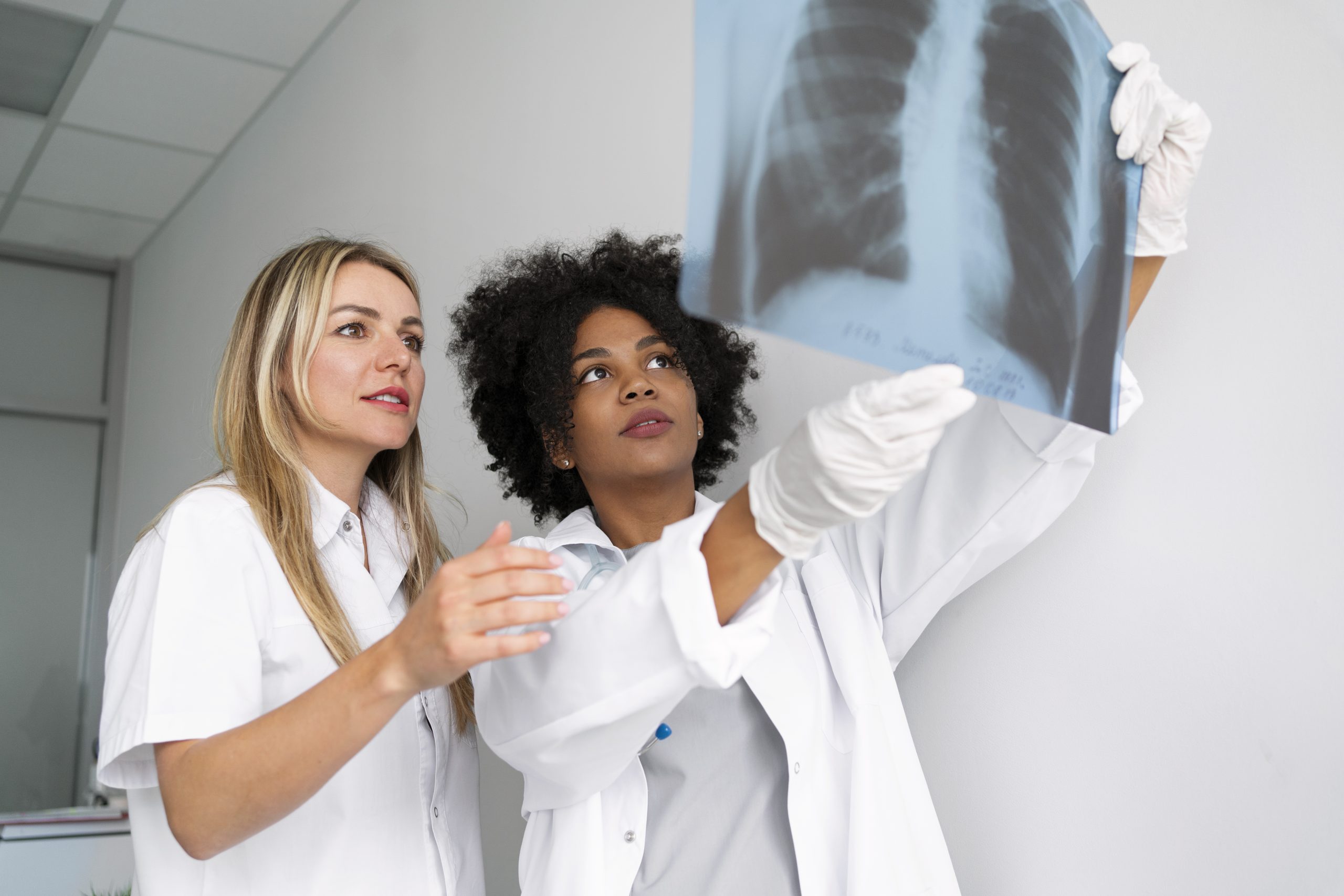Chapter 12. The Respiratory System
12.0 Introduction

Chapter Objectives
After studying this chapter, you will be able to:
- describe the major anatomy of and functions of the respiratory system;
- list the main respiratory muscles involved in ventilation;
- explain the changes in intrapulmonary pressure that occur to facilitate ventilation;
- outline the process of gas exchange occurring at the lungs and the tissues;
- summarize the main ways in which oxygen and carbon dioxide are transported within the blood; and
- state the main chemical control of ventilation.
Hold your breath. Really! See how long you can hold your breath as you continue reading. How long can you do it? Chances are you are feeling uncomfortable already. A typical human cannot survive without breathing for more than 3 minutes, and even if you wanted to hold your breath longer, your autonomic nervous system would override and cause you to take a breath. All cells in the body need oxygen to run the oxidative stages of cellular respiration, the process by which energy is produced in the form of adenosine triphosphate (ATP). Specifically, oxygen is the final electron acceptor in the electron transport chains found in mitochondrial membranes. In a different phase of cellular respiration, carbon dioxide is released as a waste product.
You may be surprised to learn that although oxygen is a critical need for cells, it is actually the accumulation of carbon dioxide that primarily drives your need to breathe. Ventilation (breathing) requires muscles to move air into and out of the lungs, passageways through which air can move, and microscopic gas-exchange surfaces covered by capillaries. The circulatory system is also important in respiration, as it transports gases from the lungs to tissues throughout the body and vice versa.
This work, Human Physiology, is adapted from Anatomy & Physiology by OpenStax, licensed under CC BY. This edition, with revised content and artwork, is licensed under CC BY-SA except where otherwise noted.
Images from Anatomy & Physiology by OpenStax are licensed under CC BY except where otherwise noted.
Access the original for free at OpenStax.
Report an Error
Did you find an error, typo, broken link, or other problem in the text? Please follow this link to the error reporting form to submit an error report to the authors.
